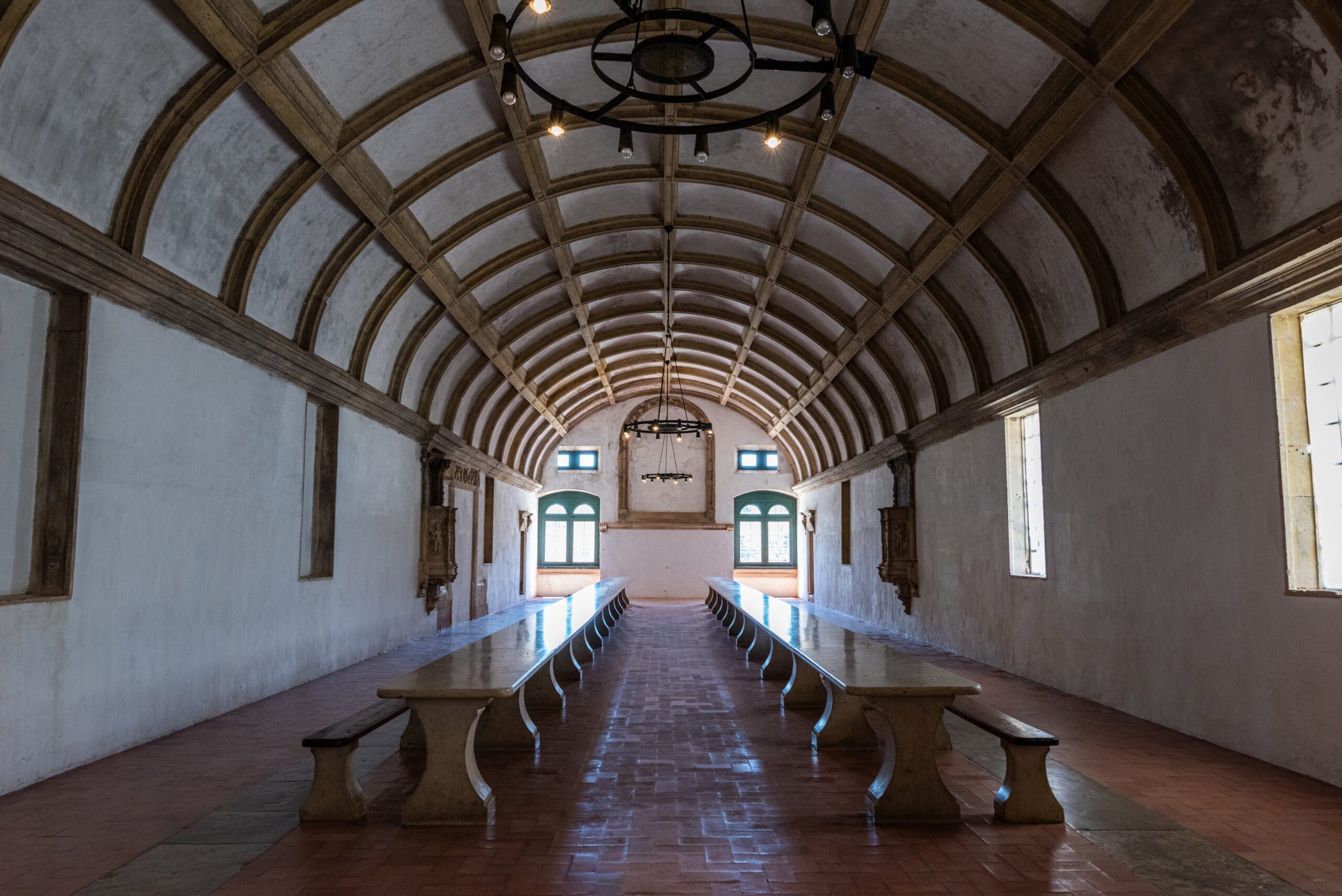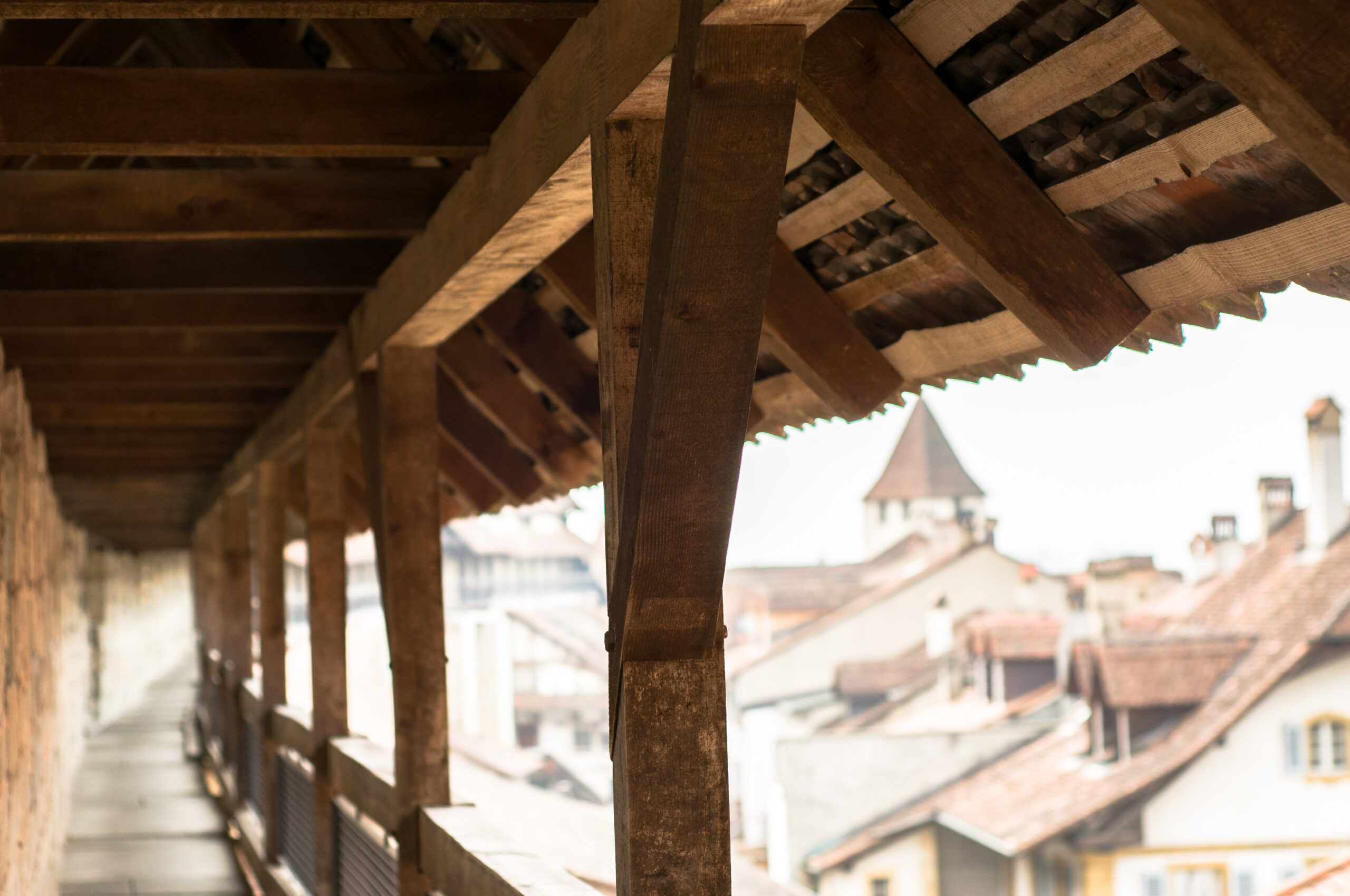Centuries old oak is prized for strength, character and architectural value. Time and environment can leave black stains and discolouration caused by iron staining from tannins, long term damp and mould, natural oxidation, and soot or smoke residues. Restoring beams and panelling safely means prioritising preservation, especially in Grade II listed buildings. Use gentle, well informed methods or you risk permanent loss of surface detail and damage to the timber.
Are you caring for historic oak in a heritage property or tackling beam restoration in a period home. Understanding the cause of the staining and choosing the right cleaning method will protect appearance and long term integrity.

What causes black stains on old oak
- Iron staining: iron particles or fixings react with oak tannins and moisture, creating dark blue black marks. These often appear around nails, hooks and water run paths.
- Water damage and mould: persistent damp encourages mould that embeds in the grain and leaves patchy dark areas. Water also activates tannins and deepens colour.
- Oxidation and age: exposure to oxygen over decades darkens the surface to a natural patina that is often desirable rather than a fault.
- Soot and smoke residues: open fires and past smoke events drive fine carbon into the fibres and cause deep set discolouration.
How to identify the stain type
Surface films often respond to dry cleaning and gentle washing. Deep set staining needs targeted treatments such as oxalic acid or a poultice. Iron staining tends to look blue black. Mould looks speckled. When you are unsure, seek a professional assessment to avoid unnecessary damage.
How to clean oak beams
Cleaning oak beams is about lifting dirt and coatings while protecting the grain, edges and historic patina. Start with the least aggressive option and only step up if needed.
- Dry clean first: use a soft brush and a low suction vacuum to lift loose dust.
- Light soiling: wipe with a barely damp microfibre cloth and clean water. Avoid over wetting.
- Smoke, heavy grime or coatings: use a conservation grade method such as dry ice blasting. It is non abrasive, dry and chemical free, so it is suitable for listed interiors and intricate carving.
Precautions before cleaning oak
Avoid pressure washing, harsh scrapers, wire brushing and strong chemical strippers. These raise the grain, open fissures and can drive moisture into the timber. Always test a small hidden area first, record the finish you wish to retain and allow for gentle drying and good ventilation after any work. If beams are structural, or you see signs of rot or wood boring insects, pause and seek advice from a conservation professional.
Assess the wood’s condition
Check structural integrity, especially in load bearing members. Look for crumbling fibres, soft spots and boreholes. Cleaning weakened oak without stabilising it first may cause further deterioration and create safety risks.
Patch test in an inconspicuous area
Try your chosen method on a hidden section to see how the timber reacts. Different beams in the same building can respond differently depending on age, exposure and previous finishes. A small test prevents surprises on visible areas.
Recommended cleaning methods
Oxalic acid for iron and water staining
As a guide, dissolve one part oxalic acid crystals in ten parts warm water unless a conservation specialist advises otherwise. Apply with a non metallic brush and allow several minutes. Once the stain begins to lighten, rinse thoroughly with clean water to neutralise and then allow the timber to dry slowly. Do not skip the rinse. Residual acid can cause future chemical damage.
Gentle mechanical cleaning
For surface dirt or soot, use plastic scrapers or fine abrasive pads with a light touch. Work with the grain. Avoid over sanding, which removes historic patina and weakens the outer fibres.
Non chemical methods
Where chemicals are unsuitable, consider light steaming for surface films or a cellulose or clay poultice to draw out stains. Deionised water with a mild neutral detergent can freshen surfaces without leaving mineral residues.
Professional conservation cleaning
For complex staining, fragile surfaces or listed settings, bring in a specialist. Polar Dry Ice Cleaning uses dry ice blasting to lift contaminants without abrasion or moisture. This is ideal for Grade II listed building beams restoration and detailed joinery.
What to avoid
- Harsh chemicals: avoid bleach, ammonia and strong acid cleaners. These degrade cellulose and damage fibres.
- Over sanding: sanding away the aged surface removes the very character you are trying to conserve and can increase moisture uptake.
- Excess moisture: soaking timber risks swelling, warping and fungal growth, especially in structural beams.
Aftercare and preservation
- Neutralise and rinse: after any acidic treatment, rinse thoroughly to stabilise pH and prevent long term chemical degradation.
- Drying and conditioning: allow slow, even drying in a well ventilated space. Where appropriate, condition with a light natural oil to replenish surface moisture and maintain flexibility.
- Long term protection; use breathable waxes or finishes that allow vapour to escape. Avoid modern varnishes and polyurethane finishes that trap moisture and increase the risk of internal decay.
When to consult a professional
If conservation standards apply, staining is advanced or the timber shows damage or chemical residues, seek expert help. Polar Dry Ice Cleaning provides conservation friendly beam restoration that balances cleaning performance with long term protection and compliance with heritage guidance.
Preserving the past through careful restoration
Removing black stains from historic oak is about safeguarding history as much as improving appearance. Assess the wood, diagnose the stain and choose gentle methods so the timber keeps both beauty and strength for generations.
Next step
Visit our Beam Restoration page for methods and case studies, and see Dry Ice Blasting for Beams for a conservation safe approach that protects historic fabric.

